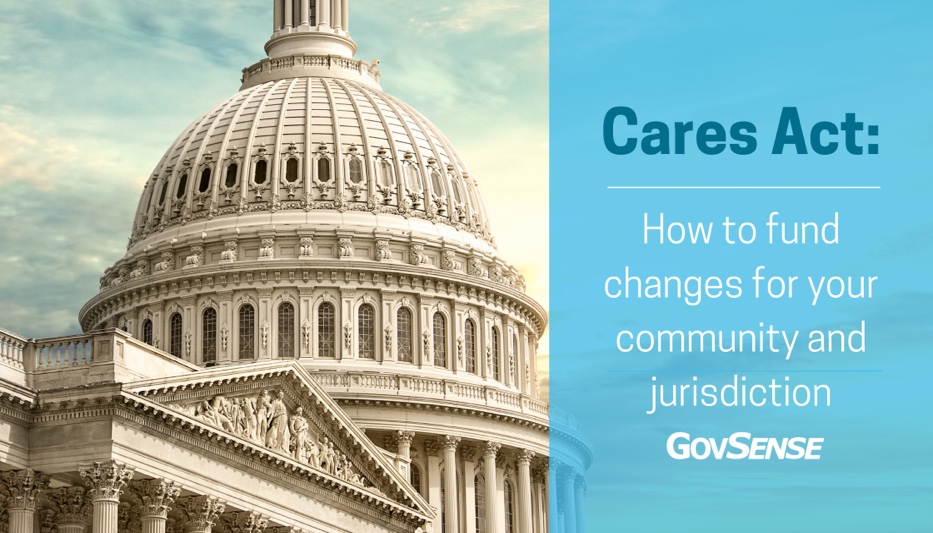What CARES Act Funding Means for Local Government

2020 was difficult to navigate, but nothing could prepare anyone for the challenges that hit due to the pandemic. Luckily, for local government units such as counties, municipalities, towns, and other units below the State level, there is CARES Act funding.
On Thursday, March 11, President Biden signed into effect a 1.9 trillion-dollar stimulus bill, $350 billion of it designated to state and local government.
Since last March, the local government was hit extremely hard with the pandemic’s effects, leaving 1.3 million people without jobs. Forced to hold processes together with some bubble gum and duct tape or implement a short-term fix due to budget restrictions, the CARES Act funding for local jurisdictions allows decisionmakers to regroup and modernize workflows and processes for well past the days of the pandemic. Due to limited resources because of lay-offs and furloughs, more is required from employees and this includes wearing many different hats, which makes technology a necessity.
Software that offers deeper insights into spending and operations to increase efficiency and allocate resources properly is paramount. It is not only answering the question of what do we have, but taking it further to how do we use it and what area needs it most? Increased demand for contactless methods means online portals for local businesses and your constituents to keep up with their needs. While implementing technology may seem scary, the time to modernize is now, and it is possible for everyone to learn if you have the right programs and the right people to help you get there.
The deadline to submit for certification was extended to December 30, 2020, so we hope jurisdictions with eligibility jumped on this opportunity. It is time to say “goodbye” to those legacy systems and “hello” to solutions that ensure resources are being allocated precisely with a deeper dive into the real needs to better the future of the city, county, and its constituents.
Read the breakdown of the bill here and learn more about eligibility and fund usage here.
GovSense is the first complete cloud solution purpose-built for local governments, empowering over 60 communities and supporting more than 2 million citizens. Govsense built on Oracle NetSuite—the #1 true cloud ERP platform with over 50,000 customers worldwide— GovSense delivers a modern, unified system that streamlines operations, enhances transparency, and drives efficiency. GovSense’s team has been implementing cloud solutions since 2005, bringing over two decades of expertise in delivering scalable and secure technology for local agencies. As a five-time GovTech 100 recipient, we are recognized as an industry leader in transforming government technology. GovSense is one modern platform that has everything you need for your local government, ensuring your community is equipped with the tools to thrive in the digital age.
